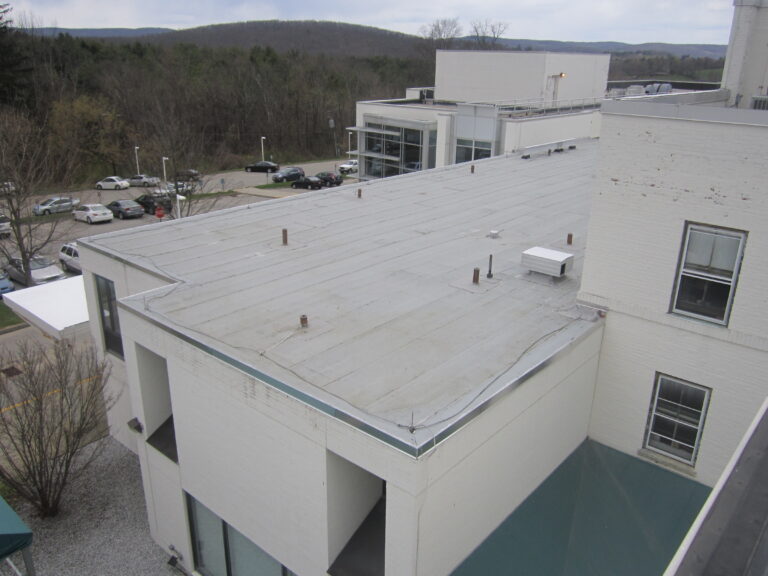March 29, 2004—The Environmental Protection Agency (EPA) announced on March 4 six new innovative projects that test approaches to make EPA’s waste programs more effective. The projects, detailed below, include: measuring the environmental and economic benefits of purchasing, operating, and recycling electronics; identifying and implementing best management practices of pharmaceutical waste in hospitals; and developing tools for smaller communities to assess risks and improve chemical emergency preparedness at chemical handling facilities.
This announcement is the first round of 2004 innovative projects, totaling $297,575. The goal of these projects is to test innovative ideas to make EPA’s waste programs more efficient and effective, measure and analyze the results, and then publicize the projects around the country so others can learn from the experiments. EPA funded 12 pilots in 2002 and 19 pilots in 2003. Proposals for the second round of 2004 innovative projects are due to EPA by April 16.
The six projects selected in the first round of 2004 are as follows:
- Expanding Web Portal on Hazardous Materials Inventory ($50,000):
In partnership with California’s Santa Clara County Department of Environmental Health and Santa Clara County Fire Chiefs Association, the EPA will demonstrate the value of online reporting and data management of required hazardous material inventories using an existing online hazardous materials reporting system. - Using Composts to Reduce Lead and Arsenic Soil Contamination ($46,575):
In partnership with the University of Washington, Washington Department of Ecology, Wenatchee School District, Chelan-Douglas Health District, and Community, Trade and Economic Development, the EPA will test the effect of different compost mixtures to reduce lead and arsenic concentrations in contaminated soils. - Expanding the Availability of Renewable Energy from Waste Oil ($50,000):
In partnership with the Costilla County Economic Development Council, Colorado, the EPA will test small-scale biodiesel production using locally grown crops (e.g., canola seed) and used restaurant cooking oil to demonstrate the viability of producing renewable energy. Additionally, once in full production, this pilot will be able to recover methanol from the pre-treatment process, which can be reused in the production of biodiesel. - Measuring the Environmental Benefits of Federal Electronic Equipment Management Practices ($60,000):
In partnership with the Office of the Federal Environmental Executive, the Department of Defense, and the General Services Administration, the EPA will develop tools to measure the environmental and economic impact from environmentally sound management of electronic equipment. Currently, no assessment tool exists to determine the environmental benefits of purchasing, operating, and recycling electronics. - Expanding Pharmaceutical Waste Management in Hospitals ($60,000):
In partnership with Health Care Without Harm, Dartmouth-Hitchcock Medical Center, H2E Champions PharmEcology Associates, New Hampshire Department of Environmental Services, and the New Hampshire Hospital Association, the EPA will test innovative pharmaceutical waste minimization and management practices in a hospital. - Improving Emergency Preparedness and Response in Smaller Communities ($31,000):
In partnership with Colorado’s Jefferson County Local Emergency Planning Committee, the EPA will develop tools for smaller communities to assess risks and improve chemical emergency preparedness at chemical handling facilities.




